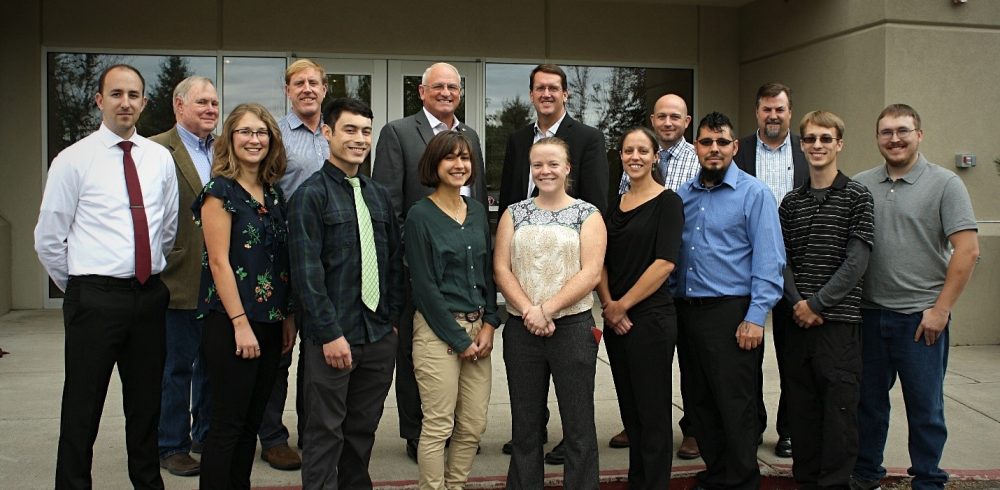ZAF Energy Systems Inc. (ZAF), a developer of next-generation battery technologies, announced the opening of its new state-of-the-art research and development facility in Bozeman, Montana. ZAF’s team of scientists and engineers at the 8,000-square-foot facility are developing advancements in the company’s proprietary nickel-zinc (NiZn) battery technologies with an emphasis on continued performance improvements and cost reduction. The facility is located near Montana State University and will have a working public-private partnership with the university for advanced research.
“Our proximity to and partnership with the top talent at Montana State University’s Energy Research Institute will enable ZAF to stay at the forefront of battery technologies,” said Randy Moore, ZAF president and CEO. “The research to be done at our new facility is critical not only to making further performance and cost improvements to our current products but will also keep us ahead of the market for zinc battery technologies.”
The new R&D facility complements ZAF’s 35,000-square-foot low rate initial production (LRIP) facility that opened in October 2017 in Joplin, Missouri, where the company’s nickel-zinc (NiZn) cells and batteries are being produced. Recent investments from public and private sources have helped ZAF hire employees, expand production, forge strategic supply chain partnerships, and begin commercializing its NiZn batteries on a global scale.
On November 16, ZAF CEO Randy Moore will provide an overview of the company’s nickel zinc battery technology at the Workshop on Zinc Battery Technology hosted by NAATBatt International at the Advanced Science Research Center at the City University of New York (CUNY).
ZAF’s NiZn batteries have potential uses in a wide range of applications including: automotive, heavy trucking, remote telecom, renewable energy, and marine. NiZn batteries are poised to disrupt the $50 billion conventional lead-acid battery market with their ability to provide twice the storage capacity and three times the power of legacy lead-acid batteries in a smaller, lighter package. They provide a powerful and affordable alternative to their lead-acid counterparts while generating a lower environmental impact.















